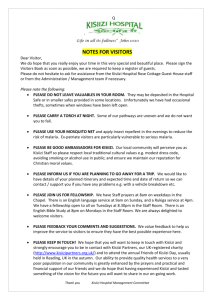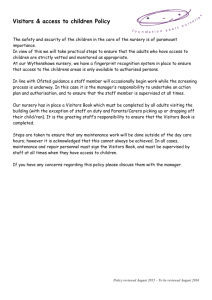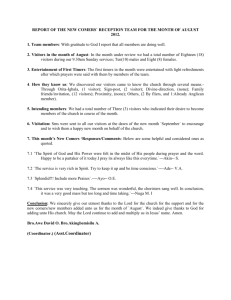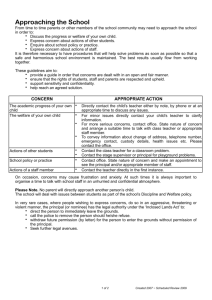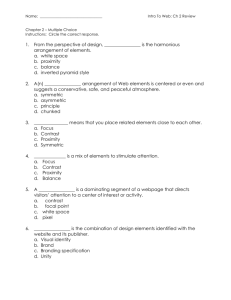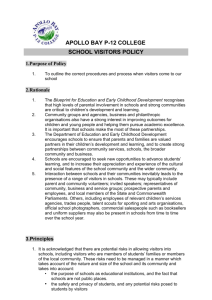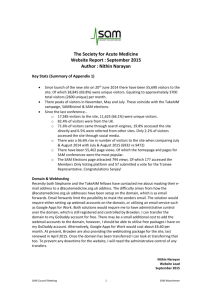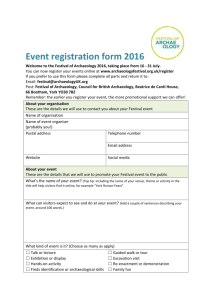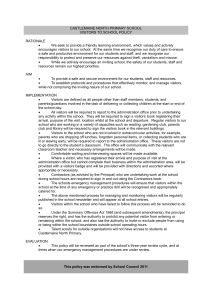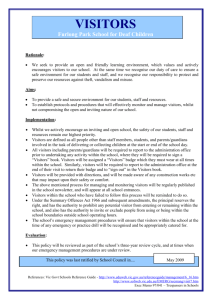Document Analysis
advertisement
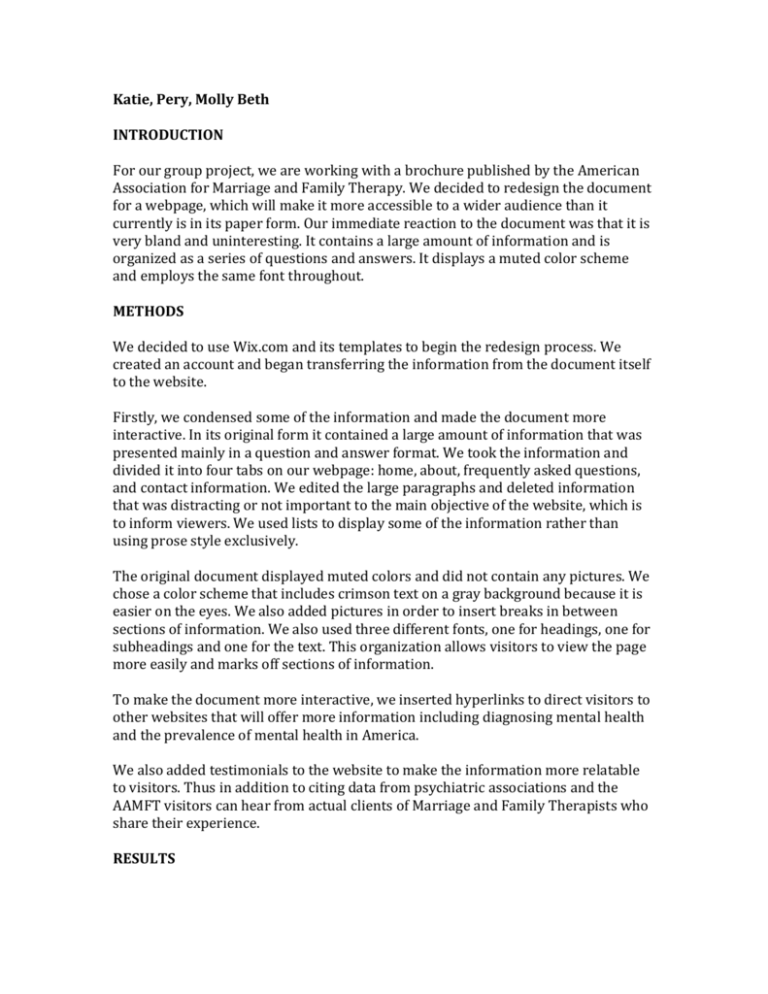
Katie, Pery, Molly Beth INTRODUCTION For our group project, we are working with a brochure published by the American Association for Marriage and Family Therapy. We decided to redesign the document for a webpage, which will make it more accessible to a wider audience than it currently is in its paper form. Our immediate reaction to the document was that it is very bland and uninteresting. It contains a large amount of information and is organized as a series of questions and answers. It displays a muted color scheme and employs the same font throughout. METHODS We decided to use Wix.com and its templates to begin the redesign process. We created an account and began transferring the information from the document itself to the website. Firstly, we condensed some of the information and made the document more interactive. In its original form it contained a large amount of information that was presented mainly in a question and answer format. We took the information and divided it into four tabs on our webpage: home, about, frequently asked questions, and contact information. We edited the large paragraphs and deleted information that was distracting or not important to the main objective of the website, which is to inform viewers. We used lists to display some of the information rather than using prose style exclusively. The original document displayed muted colors and did not contain any pictures. We chose a color scheme that includes crimson text on a gray background because it is easier on the eyes. We also added pictures in order to insert breaks in between sections of information. We also used three different fonts, one for headings, one for subheadings and one for the text. This organization allows visitors to view the page more easily and marks off sections of information. To make the document more interactive, we inserted hyperlinks to direct visitors to other websites that will offer more information including diagnosing mental health and the prevalence of mental health in America. We also added testimonials to the website to make the information more relatable to visitors. Thus in addition to citing data from psychiatric associations and the AAMFT visitors can hear from actual clients of Marriage and Family Therapists who share their experience. RESULTS Our finished website barely resembles the brochure we began with, other than the fact that it contains the same information. We have created a website that is more interactive and more accessible to a wider audience. By reading the original brochure readers would glean information about who MFTs are and what they do, but visitors to the website have a lot more information at their disposal. Not only will visitors learn about MFTs, they will learn about resources to help them determine if they should seek help from an MFT. They will also be able to hear from clients who have experienced Marriage and Family Therapy and have benefitted from it. Visitors will not only learn about therapy, they will see and hear what it is like. DISCUSSION The finished product of our website will reach a much wider audience than the brochure since it is in a digital format rather than a paper format.
